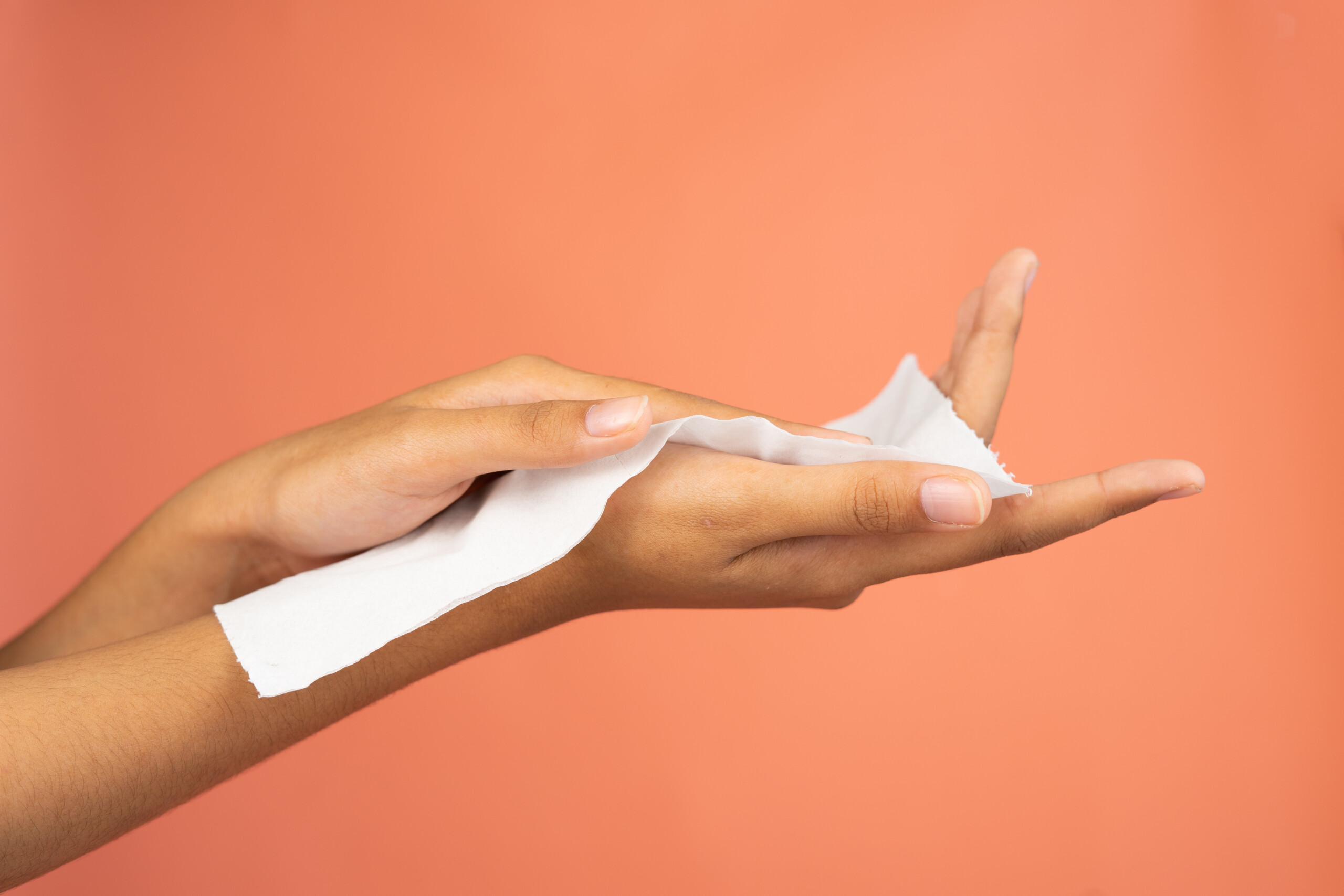Dermatology Tips and Treatments for Hyperhydrosis of Hands: Innovative Solutions
Dermatology Tips and Treatments for Hyperhydrosis of Hands: Innovative Solutions
Blog Article
Unveiling the Intricacies of Excessive Sweating: A Comprehensive Guide to Medical Diagnosis and Monitoring
Extreme sweating, clinically called hyperhidrosis, is a condition that influences a considerable number of individuals and can have an extensive effect on their lifestyle. While sweating is an all-natural bodily function, its overactivity in hyperhidrosis presents a distinct set of difficulties that typically surpass mere pain. Understanding the underlying reasons, acknowledging the symptoms, and browsing the analysis process for hyperhidrosis can be elaborate tasks. In this extensive overview, we will check out the intricacies of hyperhidrosis, from its medical diagnosis to the array of treatment choices offered, clarifying efficient management methods for those facing this problem.

Recognizing Hyperhidrosis Causes
Hyperhidrosis causes can be attributed to various elements such as genes, hormonal imbalances, and particular medical conditions. Genetics play a significant role in key focal hyperhidrosis, where individuals acquire the problem from their family members. By recognizing the certain elements adding to excessive sweating, healthcare service providers can customize therapy strategies to address the underlying cause, supplying relief and improving the top quality of life for people influenced by hyperhidrosis.
Identifying Hyperhidrosis Symptoms

In addition, hyperhidrosis signs and symptoms may manifest in social and emotional distress, as individuals might feel self-conscious or anxious about their sweating, causing evasion of social situations (Treatment for hyperhydrosis of hands and feet). Additionally, duplicated episodes of too much sweating can cause skin maceration, fungal infections, and an overall decrease in self-esteem
Diagnostic Refine for Hyperhidrosis
Initiating the diagnostic process for excessive sweating involves thorough evaluation of the individual's clinical history and physical exam. Making inquiries about the beginning, period, and triggers of sweating episodes is essential to set apart between key focal hyperhidrosis and second generalized hyperhidrosis. Case history needs to also include concerns regarding medications, medical problems, and household history of hyperhidrosis.
During the physical exam, certain interest is paid to the locations influenced by sweating. The doctor may assess the degree of sweating, check for indications of underlying problems, and examine the effect of sweating on the individual's lifestyle. Additionally, specific examinations like the gravimetric examination, starch-iodine test, or skin conductance measurements might be conducted to measure the amount of sweat created.
Additionally, in cases where secondary hyperhidrosis is presumed, try this extra tests such as blood tests, urine examinations, and imaging studies might be suggested to identify the underlying root cause of excessive sweating. The diagnostic process intends to precisely figure out the type and reason for hyperhidrosis to direct suitable management techniques.
Treatment Alternatives for Hyperhidrosis
When dealing with too much sweating, numerous treatment options are available to ease signs and boost the individual's quality of life. The treatment strategy for hyperhidrosis depends upon the severity of signs and symptoms and the patient's action to first therapies.
Topical therapies, such as aluminum-based antiperspirants, are often recommended as the very first line of protection for managing light instances of hyperhidrosis. For people with a lot more extreme signs, dental drugs like anticholinergics might be recommended to assist decrease sweating.

Effective Administration Techniques
To effectively handle hyperhidrosis, a individualized and thorough therapy strategy customized their explanation to the person's specific needs and reaction to previous therapies is important. This strategy may integrate a combination of restorative methods, including way of living adjustments, topical treatments, oral medicines, botulinum toxin shots, iontophoresis, and in serious situations, surgical treatments like gland removal or sympathectomy. Lifestyle alterations such as using moisture-wicking clothes, using antiperspirants, and exercising stress-reducing techniques can enhance clinical interventions. Topical antiperspirants having aluminum chloride are typically the first-line therapy, with more powerful formulations available for immune cases. Dental medicines like anticholinergics may be prescribed for generalized hyperhidrosis. Botulinum contaminant injections work for focal hyperhidrosis, providing short-term alleviation by obstructing the launch of acetylcholine. Iontophoresis, entailing using a low electrical current to minimize sweat gland task, can be beneficial for both palmoplantar and axillary hyperhidrosis. Surgical choices are commonly booked for extreme, refractory situations and call for cautious consideration of threats and benefits. A multidisciplinary method entailing skin doctors, health care physicians, and, if needed, cosmetic surgeons, can maximize the monitoring of hyperhidrosis.
Verdict
Finally, hyperhidrosis is a condition identified by excessive sweating, which can significantly influence a person's lifestyle. By comprehending the reasons, acknowledging the signs, and undertaking the diagnostic procedure, medical care service providers can properly manage this condition. Treatment alternatives consist of topical medications, oral drugs, shots, and also operations in severe instances. With proper medical diagnosis and monitoring approaches, people dealing with hyperhidrosis can locate alleviation and improve their total wellness.
Too much sweating, clinically understood as hyperhidrosis, is a problem that influences a considerable number of people and can have an extensive impact on their quality of life. By determining the certain aspects adding to excessive sweating, healthcare service providers can customize therapy plans to deal with the underlying reason, providing relief and boosting the quality of life for individuals impacted by hyperhidrosis.
Hyperhidrosis, characterized by extreme sweating past what is required for regulating body temperature level, can significantly influence an individual's top quality of life. Inquiring regarding the onset, period, and sets off of sweating episodes is crucial to differentiate in between main focal hyperhidrosis and secondary generalised hyperhidrosis. Treatment for find hyperhydrosis of hands and feet.In final thought, hyperhidrosis is a condition identified by excessive sweating, which can greatly affect a person's top quality of life
Report this page